Shoot Like a Pro: 7 Habits of Highly Effective Shooters
Hey, what’s up everybody, in this post, I’m going to be talking about how to shoot like a pro with these 7 habits of highly effective shooters and enhance your firearm skills for precision and safety. Let’s go ahead and get started.
“Excellence is an art won by training and habituation. We do not act rightly because we have virtue or excellence, but we rather have those because we have acted rightly. We are what we repeatedly do. Excellence, then, is not an act but a habit.”
– Aristotle
It’s happened several times now. I show up at the range to work with a new group of shooters who are supposed to be “past the basics” of shooting. Operators whom the government trusts to move around confined spaces carrying automatic weapons.
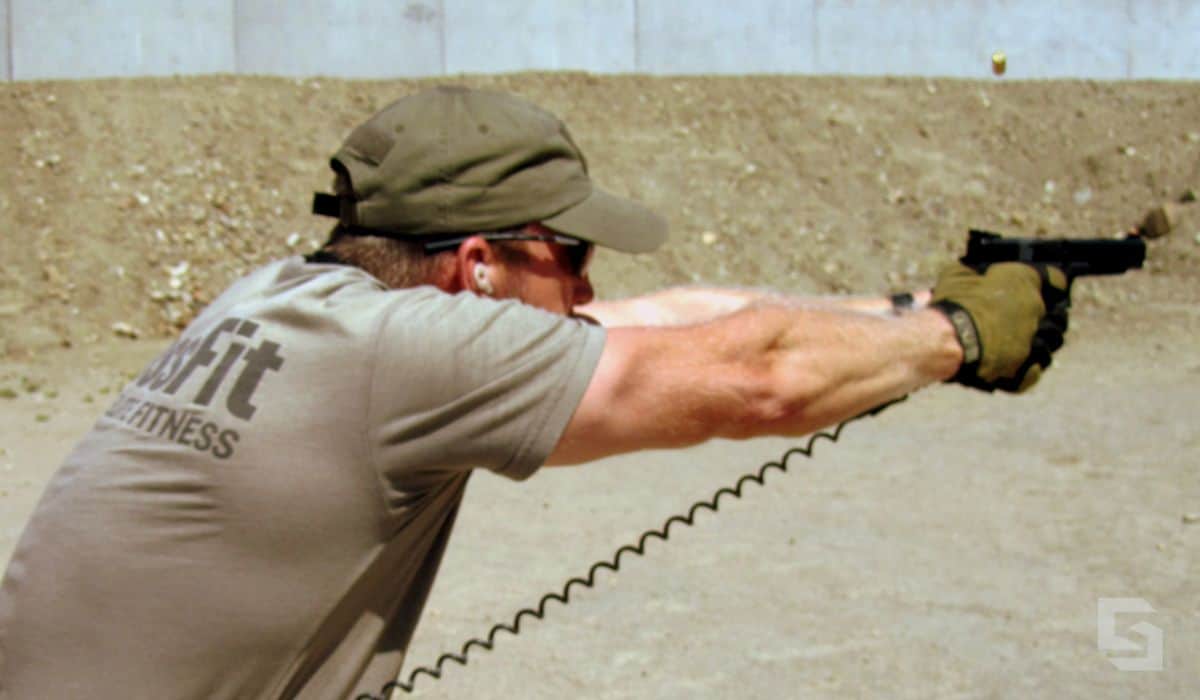
As we start warming up, I’ll go down the line and make corrections on stance, grip, trigger control, etc., and find out that they nod their heads in agreement. But when I ask them about the technique, they say they don’t know what I’m talking about. I’m talking about the basics of shooting! The fundamentals of marksmanship that everyone with a gun in their hands needs to know to shoot well.
As a Navy SEAL, these were ingrained in my head and repeated daily to achieve muscle memory. I know some people don’t like this term. I’ll say it and someone wanting to make themselves sound scientific will say, “Technically your muscles don’t have memories. You’re actually training your neurons and…blah, blah, blah.”
OK, thanks for the refresher on fifth-grade biology. I’m just trying to make you a better shooter and communicating it in a way we can all understand. Don’t muddy the waters with your technical nonsense.
Follow these 7 Habits of Highly Effective Shooters and your shooting will improve.
Breaking It Down
Next, in this How to Shoot Like a Pro, I will cover each of the seven habits in detail. You’ll learn it the way I learned as a Navy SEAL and the way I taught it to my sniper students. These are the fundamentals of marksmanship that make good shooters either on a range at a competition or on the battlefield. Some instructors will say there are three, five, or eight fundamentals. If it’s easier for you to take a few of them and integrate them into your mind, then do so.
Just be warned — leave one out when you’re shooting and the round will miss its mark.
The 7 Habits
- Shooting Platform: AKA Body Position or Stance
- Get a Grip
- Sight Refinement: Sight Alignment
- Sight Video: Sight Picture
- If you stop Breathing, you will die!
- Trigger Control comes from your eyes
- Get ready to shoot again: Follow-Through
In each of the posts in this series, I break down one of these fundamentals so they are not just a name or a term you need to remember. You’ll understand what they all mean, how to use them when you’re shooting and dry-fire training, and why they are important in making you a better shooter.
Shooting is an art. If you want to be a good artist, you need to go to school…this is not a replacement for seeking out a good firearms training course, but it will help you understand what they are talking about when they try to make corrections or give you advice on the line.
Alright, so that is it for today. I hope you got some value out of this guide on how to shoot like a pro with the 7 Habits of Highly Effective Shooters and feel confident to apply these techniques to elevate your shooting skills. If you have specific shooting questions on any of these skills, I’d love to hear from you and help you out. Reply in the comments section and we’ll do our best to get you hitting the X every time you squeeze the trigger. Ready to get started?

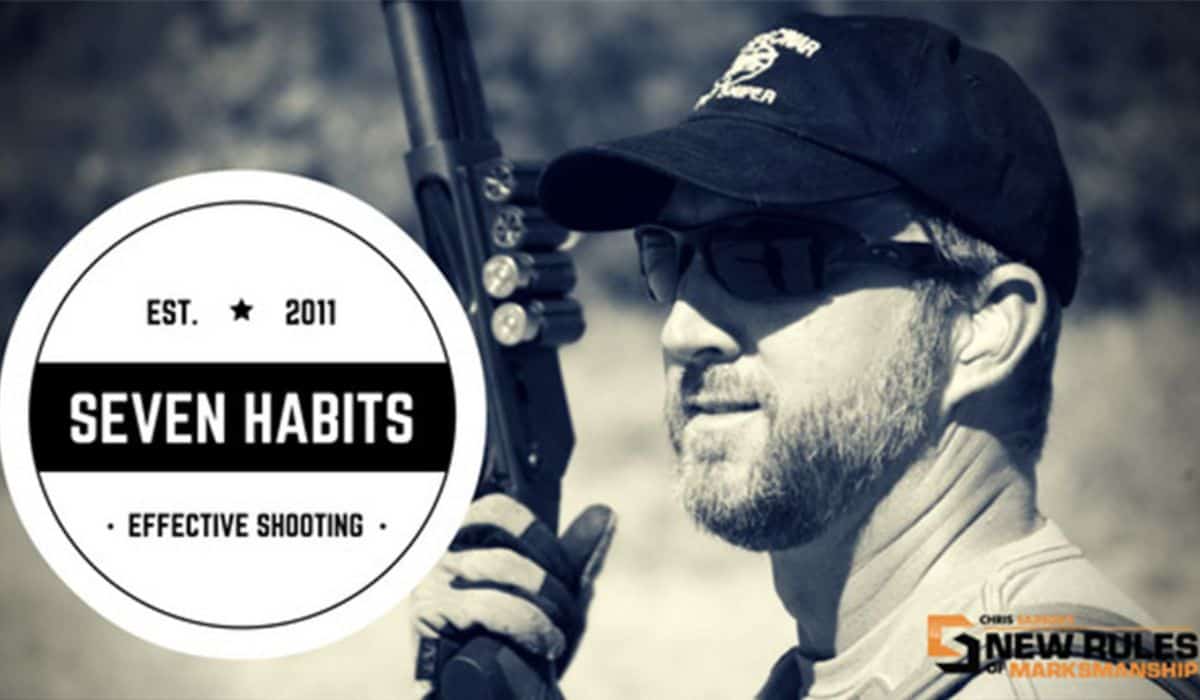
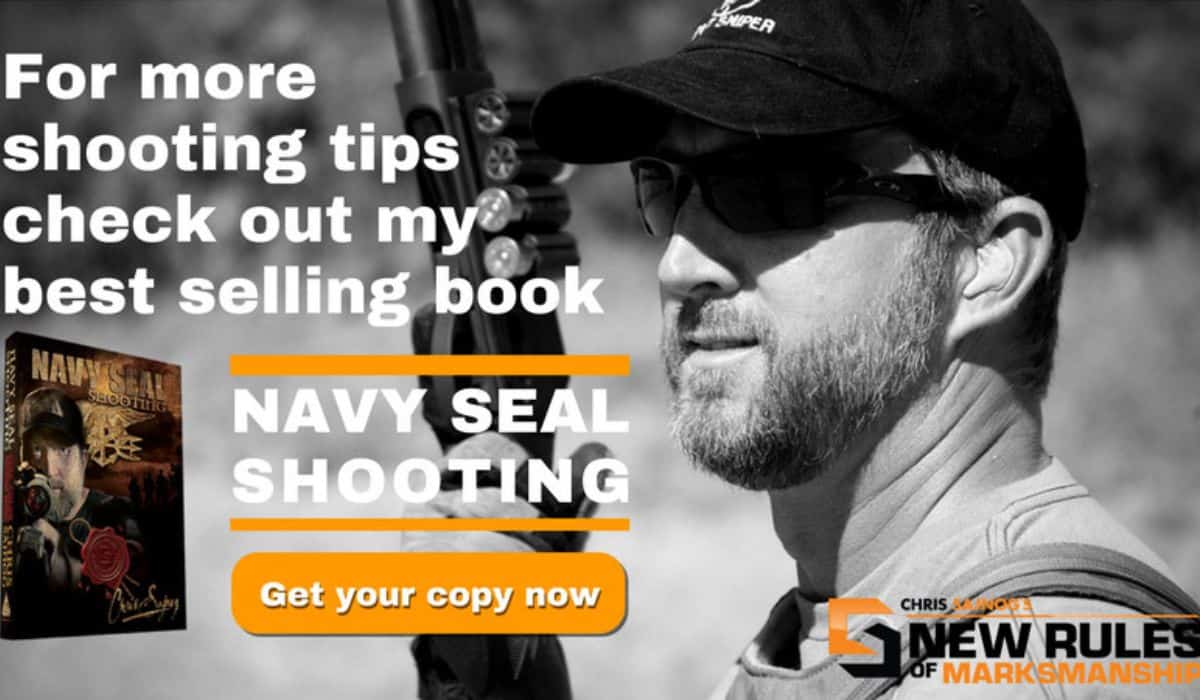
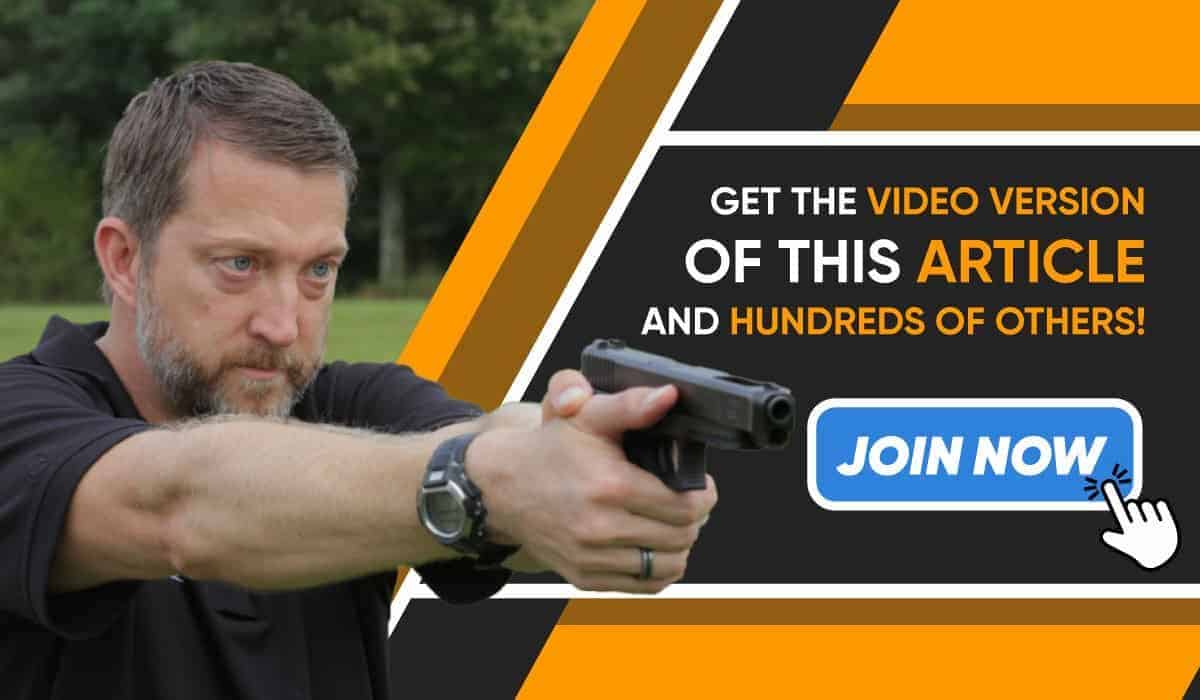
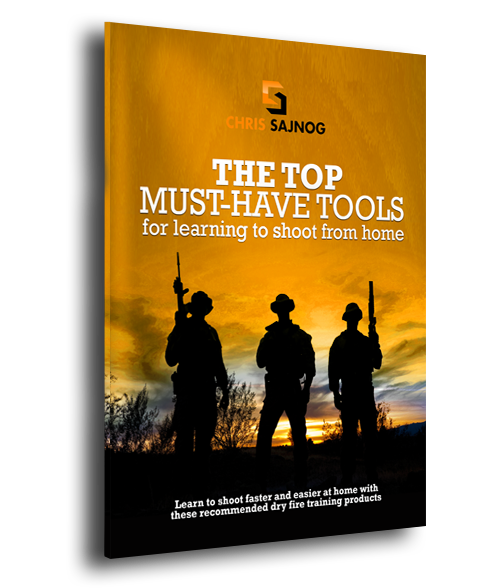
Whats your take on “point shooting”. This is the big term being used in law enforcement right now, at least with my agency. Our qualification course has even changed so we no longer take 20 yard shots, its all close range.
I hear fellow Deputies saying “I just point shoot and don’t even look at my sights”. I think this is doing major damage and killing two of the seven habits you posted.
Thoughts?
I think point shooting has it’s place. If you have a target within 7-10 yards and it’s say the size of a mans chest with no liability’s near the target, then this is a good option. The distance is all relative to the shooters ability. What I would strongly recommend against is making point shooting you’re go-to technique for engaging threats. I know some departments used to teach this exclusively and ended up leaning the hard way that it’s too often not effective and ended up going back to sighted shooting.
Training in point shooting is a good idea either way to get your shooting mechanics dialed in, so when you bring your gun up you’re very close to being on target and you use your sights at the last second to confirm accurate shot placement.
Thanks for your comment: Hope this answers your question.
If you practice enough you don’t have to aim. Use your index finger as your site.
Great post! Can you direct me to the rest of the article can’t seem to find it.
This is just the “intro” to the series. I’m trying to write one habit a week. Working on #5 right now. Thanks for the comment, hope you like the rest of the series! – Chris
Awesome work Chris! If there is one thing I’ve found, it’s that people often want the glory, but they don’t want to put in the work, and sometimes they just don’t even want to hear about what it will actually take to EARN IT. I know I’m preaching to the choir. I always like telling students about the hours per day of layups pro basketball players do….to earn that pro status. Or how about the probably tens of thousands of laps a pro racer does……to ingrain that fundamental excellence into their subconscious. At the end of the day: Simple tasks + Perfection + Massive reps = Excellence
Great Article. This is ridiculously comprehensive. I’ll definitely be sharing it with my students.
Glad you like the series Travis. Thanks for your comments!
I seem to draw down when I shoot. My shots are mainly low. Have tried different ways to hold my pistol steady. I get better am when I free hand. My husband said I am expecting the recoil. Any ideas? Thanks
Your husband may be right. You could use dummy rounds to see if you’re anticipating the recoil.
Another common problem is looking over your sights as you’re shooting to see where you’re impacting. Stay on your sights and do a good follow-through and it will eliminate that.
I like what I’m reading here Chris. Too often folks want to move on to advanced techniques before they’ve mastered the basics. I’ve tried to tell many that the best shooters in the world don’t really do anything different, they’ve just got a better mastery of the basics.
Thanks Dale, glad to know there are people out there that understand the importance of basics! – chris
What an excellent site! Thanks for all the tips; I’ve been blasting away for awhile, and saw three things I can fix with stance and trigger compression. Your students are blessed with your knowledge.
Thanks Georges! Glad the articles are helping. – chris
Combat pistol competition proved long ago that if you don’t let the point shooters CHEAT, by getting their bodies all “set” relative to the target, that they cant get reliable chest hits faster, for a 5 try average, not a lucky fluke, than sighted shooters, beyond about 10ft. Make them pivot, move the target up and down (as on a hillside or a staircase) and the point shooters either hit no faster than the sight-users, or they miss more. Inside 10 ft, tho, with a lot of practice, the point shooter IS faster, enough faster to matter. You should have luminous sight inserts on your pistol, so the claim that you can’t aim in the dark is baloney, and has been baloney for over 30 years now. Beyond about 5 yds, civilians shooting somebody are highly likely to end up in prison or having their butts sued off. Having enough speed into action can prevent your having to fire at all, you know. Most attacks are not made with guns. Misses have changed a lot of minds, folks. So have poor hits.
Just ask George Zimmerman how fast somebody can be all over you,. and how much trouble you can be in for shooting somebody.
I have a specific situation. Bifocals Not a problem for you young guys. I can do front sight and rear sight or I can have a clear target. Any suggestions on the priorities here.
Thanks